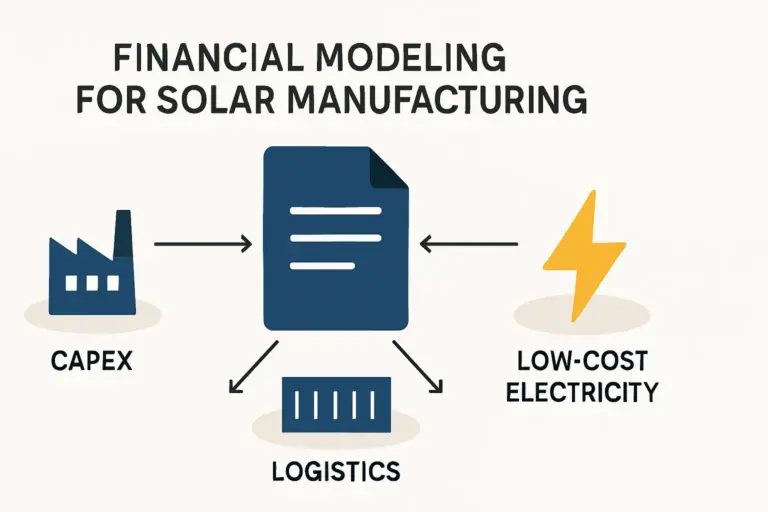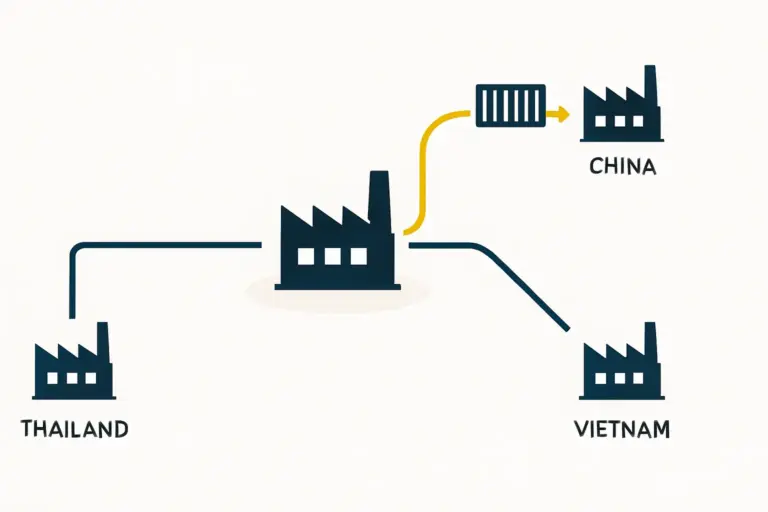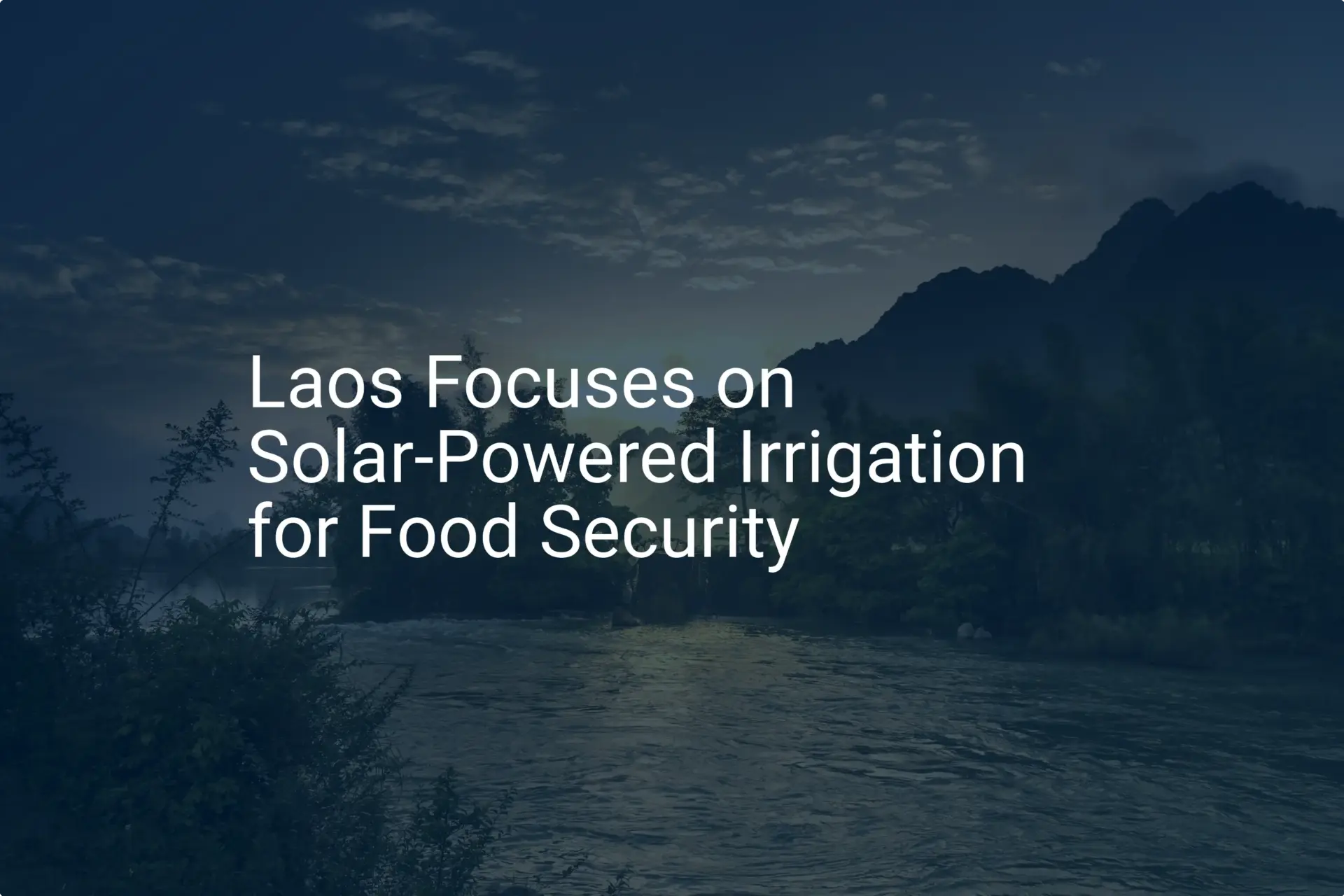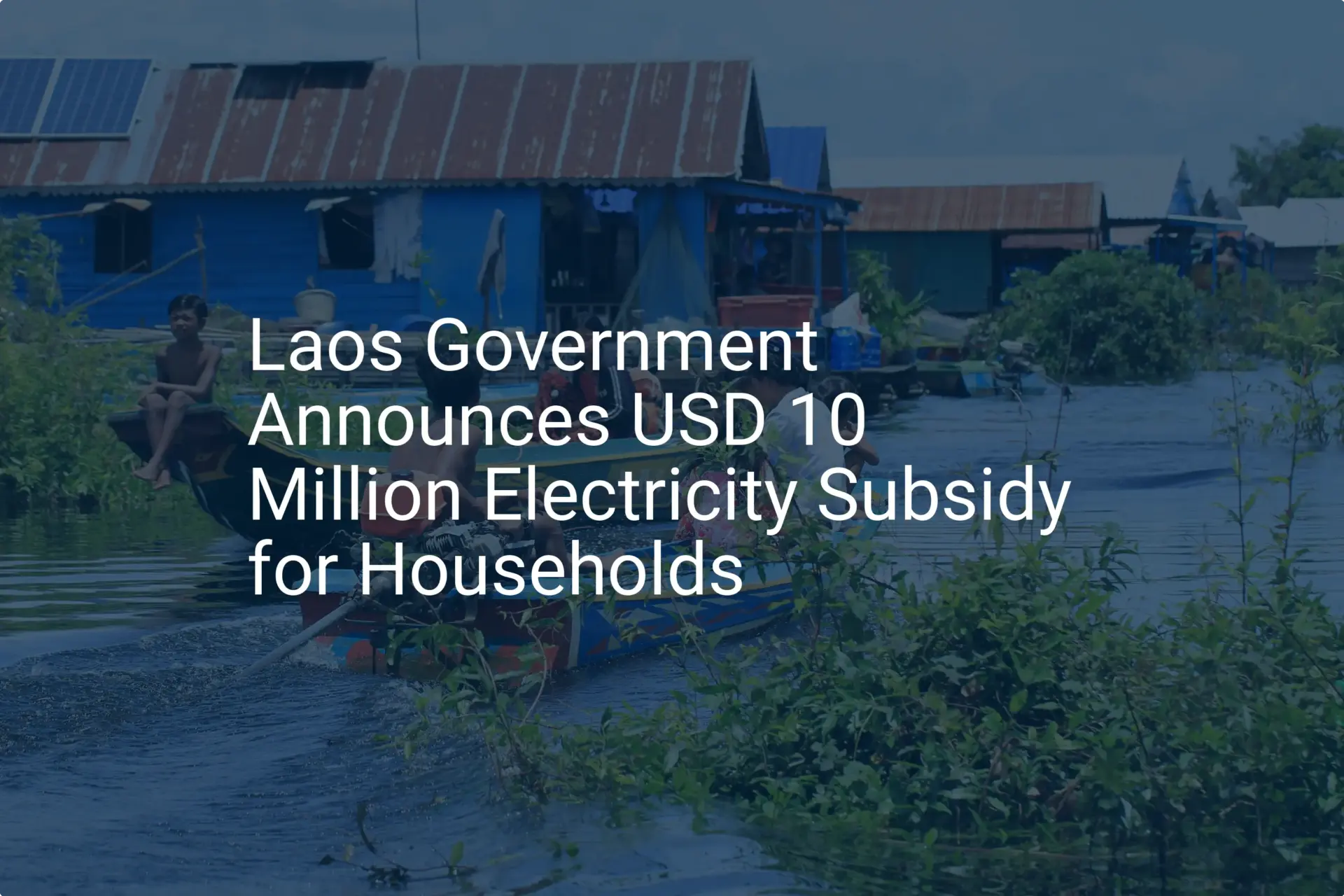A landlocked nation is often seen as a logistical disadvantage. In the rapidly growing energy market of Southeast Asia, however, that perception can be misleading.
For the strategic investor, Laos is emerging not as an isolated state but as a manufacturing hub with direct land access to some of the world’s most energy-hungry economies. Its ambition to become the ‘Battery of Southeast Asia’ is building a compelling business case for local solar module production.
This analysis explores the strategic advantages of establishing a solar module factory in Laos to supply the Greater Mekong Subregion (GMS)—including Thailand, Vietnam, and Cambodia—and offers market intelligence for entrepreneurs looking to enter this dynamic sector.
Understanding the Greater Mekong Subregion (GMS) Opportunity
The GMS—comprising Cambodia, Laos, Myanmar, Thailand, Vietnam, and select provinces of China—is a hub of robust economic growth. With a combined population of over 340 million, the region’s sustained GDP growth is fueling a tremendous demand for electricity.
The Asian Development Bank (ADB) projects that electricity demand across the GMS will continue to grow at a formidable 6–7% annually. This relentless demand is creating a significant challenge for national grids, many of which are already strained.
In response, governments throughout the region have embraced renewable energy—particularly solar—as critical to their energy security and economic development strategies. For an investor, this translates into stable, long-term demand for high-quality, locally produced solar modules.
National Renewable Energy Goals: A Coordinated Push for Solar
The market opportunity in the GMS is not speculative; it is anchored in official government policy. The region’s key economies have established ambitious targets that underwrite the demand for solar components for years to come.
Key national targets include:
-
Thailand: Under its Power Development Plan, the country aims for renewable energy to constitute at least 30% of total final energy consumption by 2037, with solar playing a leading role.
-
Vietnam: The landmark Power Development Plan 8 (PDP8) sets a course for renewable energy to make up nearly 50% of the country’s power mix by 2050, requiring a massive expansion of solar capacity.
-
Cambodia: The government is targeting a 70% clean energy share in its power generation mix by 2030, a goal heavily reliant on new solar and hydropower projects.
These synchronized policy goals create a powerful ‘pull’ effect for solar module suppliers. A manufacturing base within the GMS is positioned to meet this demand more efficiently than overseas competitors.
Laos: The Strategic Hub for Regional Solar Manufacturing
While larger neighbors like Thailand and Vietnam have more established manufacturing sectors, Laos presents a unique combination of advantages for a new solar module manufacturer.
Geographic Centrality and Market Access
Laos shares land borders with Thailand, Vietnam, and Cambodia—the region’s primary demand centers. This geography transforms Laos from a landlocked country into a land-linked logistical hub. Road and rail networks, including the modern Laos-China Railway, allow for direct, cost-effective transport of finished modules to project sites across the GMS. This helps avoid the port congestion and shipping costs associated with imports from outside the region.
As a member of the Association of Southeast Asian Nations (ASEAN) and the Regional Comprehensive Economic Partnership (RCEP), products manufactured in Laos can benefit from preferential trade access to member countries—a significant competitive advantage.

Favorable Manufacturing Conditions
The operational environment in Laos also presents compelling advantages:
-
Competitive Labor Costs: Operating expenses are often lower than in more developed neighboring economies like Thailand.
-
Government Incentives: The Lao government actively encourages foreign investment, particularly in the energy and manufacturing sectors, often providing tax incentives and streamlined processes for qualified projects.
-
Stable Operating Environment: The country provides a stable political and social backdrop conducive to long-term business planning.
Overcoming Regional Supply Chain Challenges
Establishing a local factory directly addresses the primary challenges faced by solar developers in the GMS: over-reliance on Chinese imports. A Laos-based facility can bypass potential import tariffs, mitigate global shipping uncertainties, and significantly reduce delivery lead times.
This allows a manufacturer to offer a ‘Made in ASEAN’ product—a decisive factor for government tenders and private projects focused on developing local content.
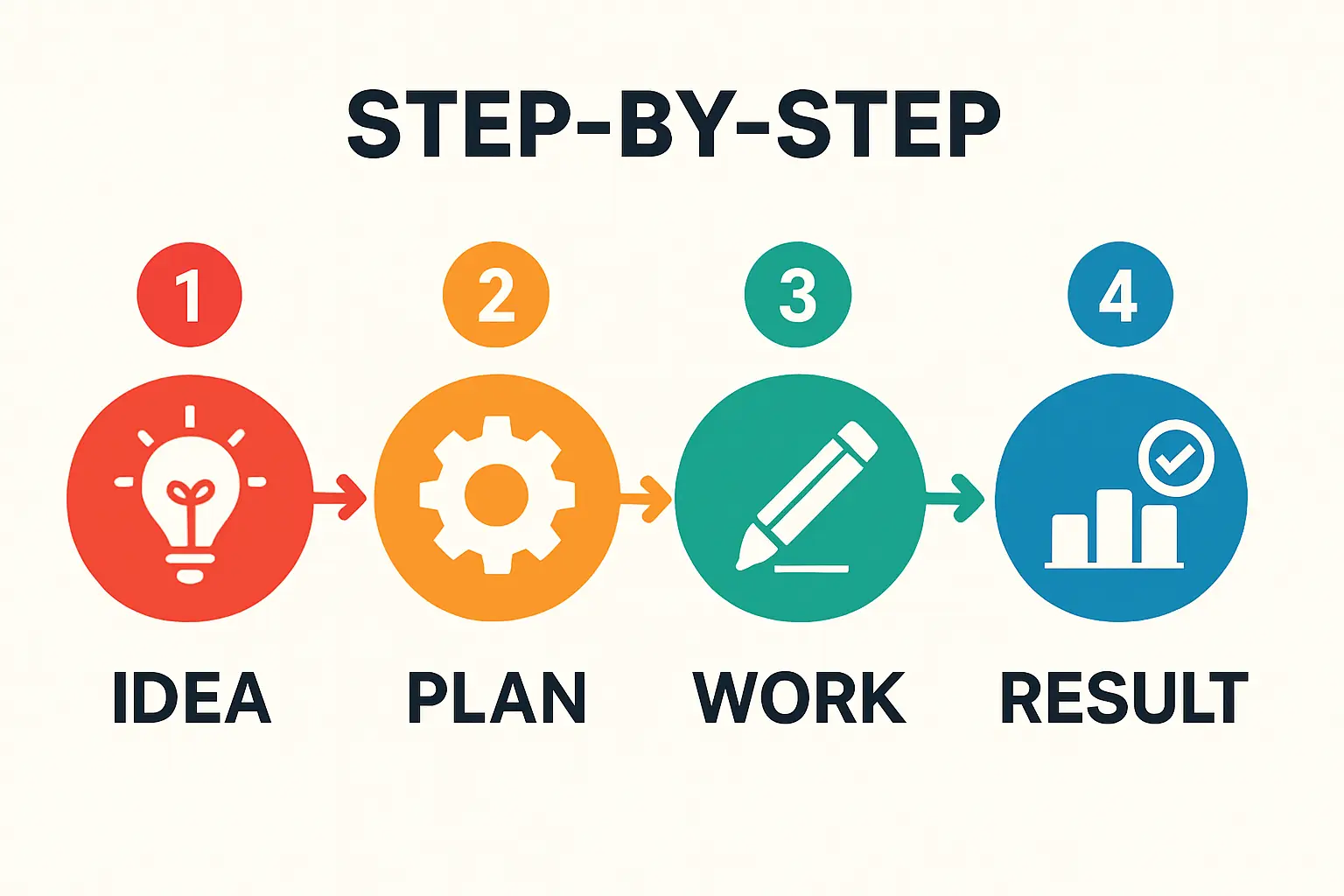
A Practical Look at the Business Case
Translating these macroeconomic trends into a tangible business plan requires an understanding of scale. A mid-sized factory with an annual capacity of 50–100 MW is well-suited to serve initial project demands in the GMS.
Such a facility can be established in phases, starting with a semi-automated line to keep initial investment manageable while building a regional reputation for quality and reliability. Based on experience from J.v.G. turnkey projects in similar emerging markets, this scale allows a new manufacturer to be agile and responsive to local customer needs—a critical differentiator against larger, more rigid international suppliers. The complete factory setup process can often be completed in under a year with experienced guidance.
Key Considerations and Potential Hurdles
No investment is without challenges, and a transparent assessment is essential. Entrepreneurs considering Laos should be prepared to manage:
-
Developing Logistics: While improving, logistics infrastructure outside of major corridors can still be a hurdle. Diligent planning and strong local partnerships are necessary.
-
Skilled Labor: The technical labor pool is still developing. A successful operation must include a robust training program for local staff, often integrated into the turnkey setup. The choice of equipment should also account for the available skill levels to ensure smooth operations from day one.
-
Bureaucratic Procedures: Navigating administrative processes requires patience and local expertise. Partnering with advisors who understand the regulatory landscape is crucial.
These are not deterrents, but manageable challenges that a well-structured business plan can address.

Frequently Asked Questions (FAQ)
What is the Greater Mekong Subregion (GMS)?
The GMS is an economic cooperation zone that includes Cambodia, the Lao People’s Democratic Republic (Laos), the Republic of the Union of Myanmar, Thailand, the Socialist Republic of Vietnam, and parts of the People’s Republic of China.
Why manufacture in Laos instead of importing from China?
Manufacturing in Laos offers several advantages: avoiding potential import tariffs, reducing transportation costs and lead times to neighboring GMS countries, benefiting from ASEAN trade agreements, and offering a ‘Made in ASEAN’ product that is often preferred for local projects.
What size factory is suitable for this market?
A factory with an annual production capacity between 50 MW and 100 MW is a common and effective entry point. This size is large enough to be profitable yet agile enough to adapt to the specific needs of regional customers.
Do I need a technical background to start this business?
No. Many successful solar manufacturing entrepreneurs come from non-technical business backgrounds. The key is to partner with experienced technical consultants, like those at pvknowhow.com, who can guide the entire process from planning and equipment selection to staff training and certification.
What are the biggest risks of setting up a factory in Laos?
The primary risks are related to logistics, navigating bureaucracy, and training a skilled workforce. These can be effectively mitigated through comprehensive planning, engaging local partners, and working with an experienced turnkey provider who has managed similar projects in emerging markets.
Conclusion: From Regional Demand to a Tangible Business Plan
The Greater Mekong Subregion is poised for decades of growth in renewable energy, driven by strong economic fundamentals and clear government policy. Laos offers a compelling, and perhaps overlooked, strategic position for investors aiming to supply this demand.
Its central location, favorable operating conditions, and access to key markets create a solid foundation for a profitable solar module manufacturing venture. While the opportunity is significant, success depends on meticulous planning and execution. Understanding the local market and navigating technical complexities are the first critical steps toward turning your business concept into an operational asset.


